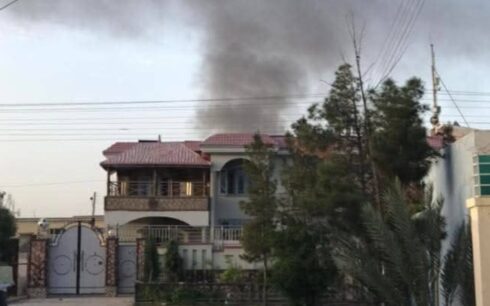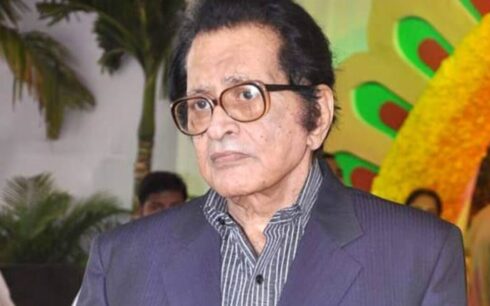The Taliban held an art and painting exhibition at the National Gallery in Kabul this week, but no female artists or calligraphers were allowed to display their work.
The Taliban-run Ministry of Information and Culture, which organized the event, stated on X that the exhibition aimed to encourage artists, painters, and calligraphers. However, the absence of women underscored the growing restrictions on female participation in public and cultural life under Taliban rule.

Female artists voiced concerns over the increasingly limited opportunities for artistic expression since the Taliban regained power. The exhibition, organized by the Art Gallery Directorate, featured paintings and calligraphy created exclusively by male participants.
“There used to be galleries where we could go and work. I was an apprentice; we had mural art projects in public areas and private schools,” one female artist told Amu. “Since the Islamic Emirate [Taliban] took over, we can no longer work on murals. Galleries have been closed, and women are not allowed to work outside at all.”
Some women in the arts said the restrictions extend beyond exhibitions, severely limiting their ability to create and share their work. “It’s not even allowed to hold exhibitions anymore,” another female artist said. “When an artist is confined to working on certain things and not others, it greatly diminishes their motivation. Our work has reduced significantly.”

The Taliban’s restrictions on art are part of broader efforts to impose their interpretation of Islamic values, including a prohibition on creating depictions of living beings. These rules have placed female artists in a particularly difficult position, as their work is now constrained to specific, non-figurative subjects.
This is the second time in recent weeks that women have been barred from participating in cultural events. Last week, the Taliban hosted an exhibition titled “Creativity and Innovation” in Kabul’s Badam Bagh area, where female artists were also excluded.
The exclusion of women from such exhibitions further highlights the systemic erasure of women from Afghanistan’s public and cultural spheres under Taliban governance, sparking condemnation from human rights advocates and cultural organizations worldwide.





